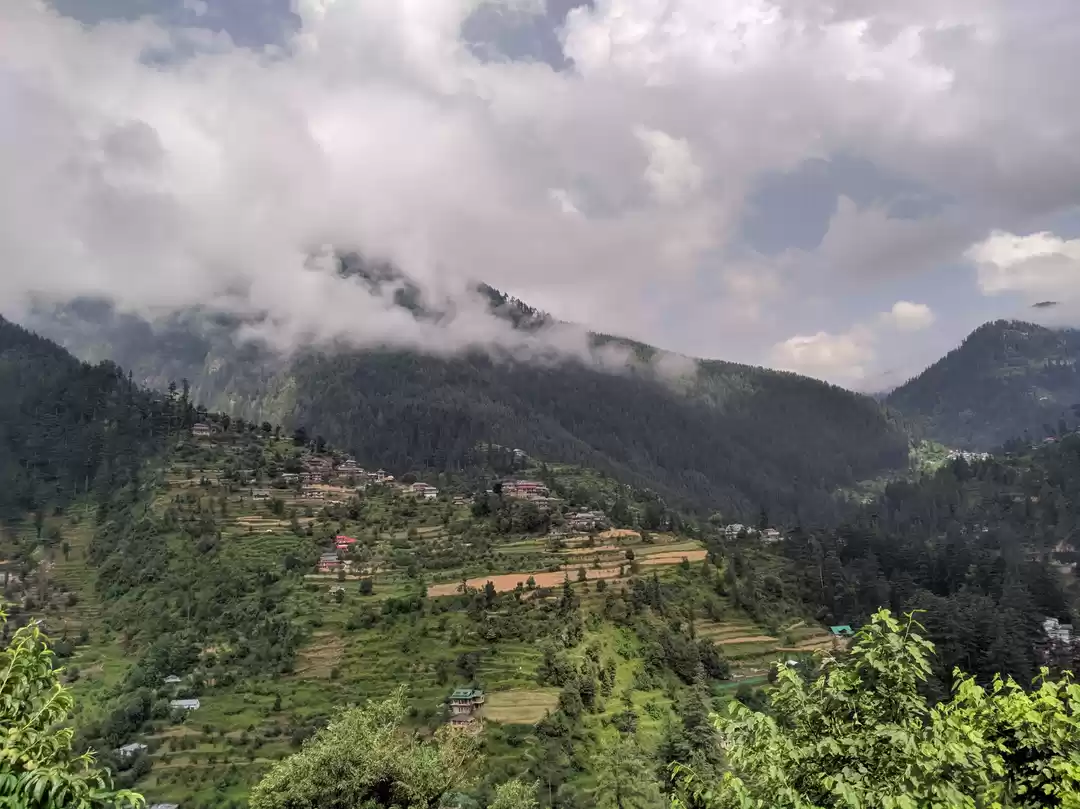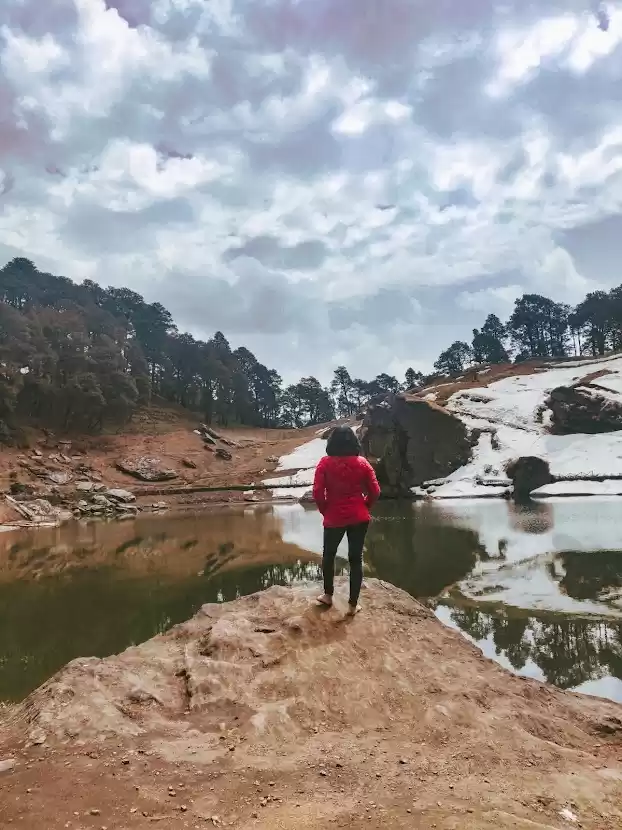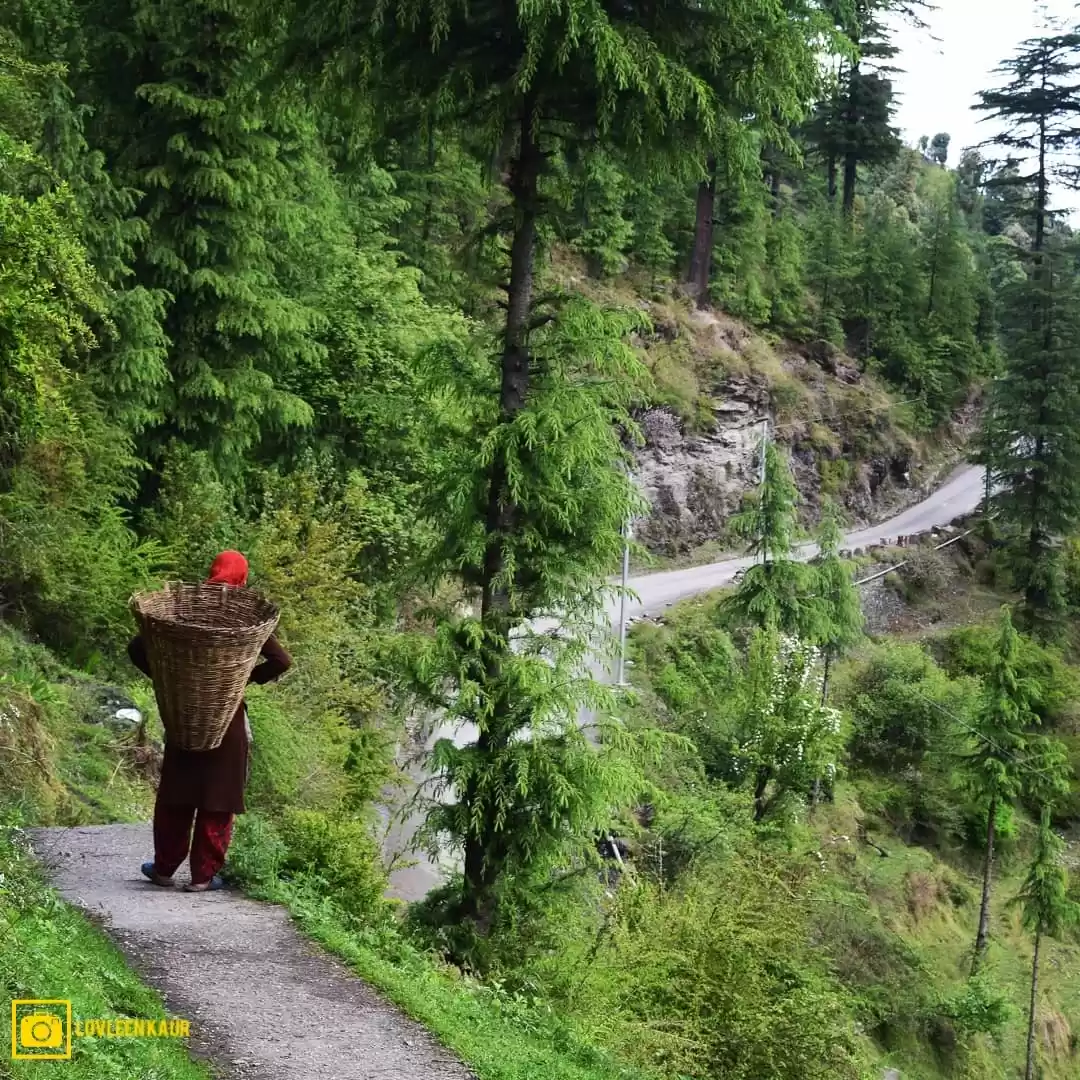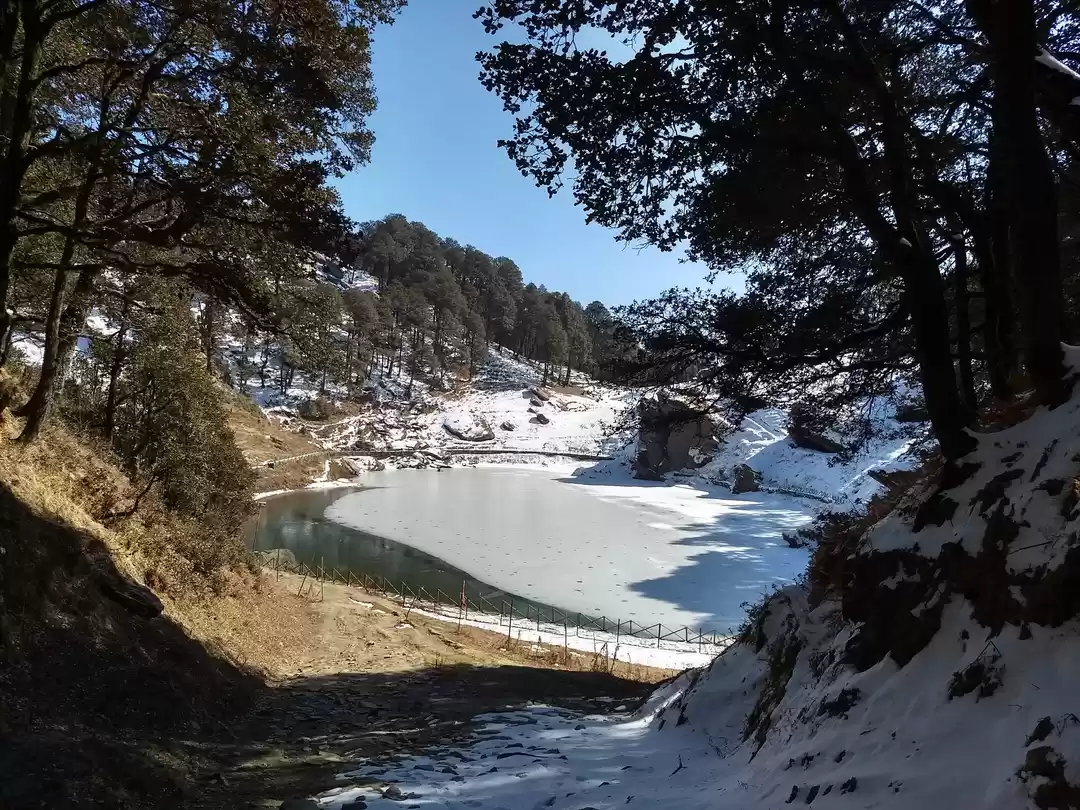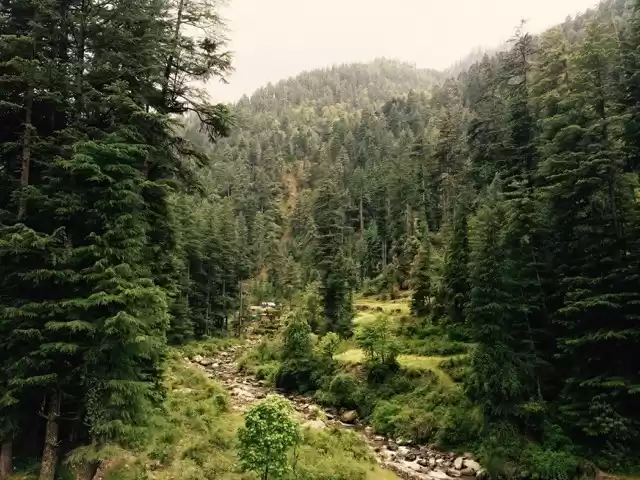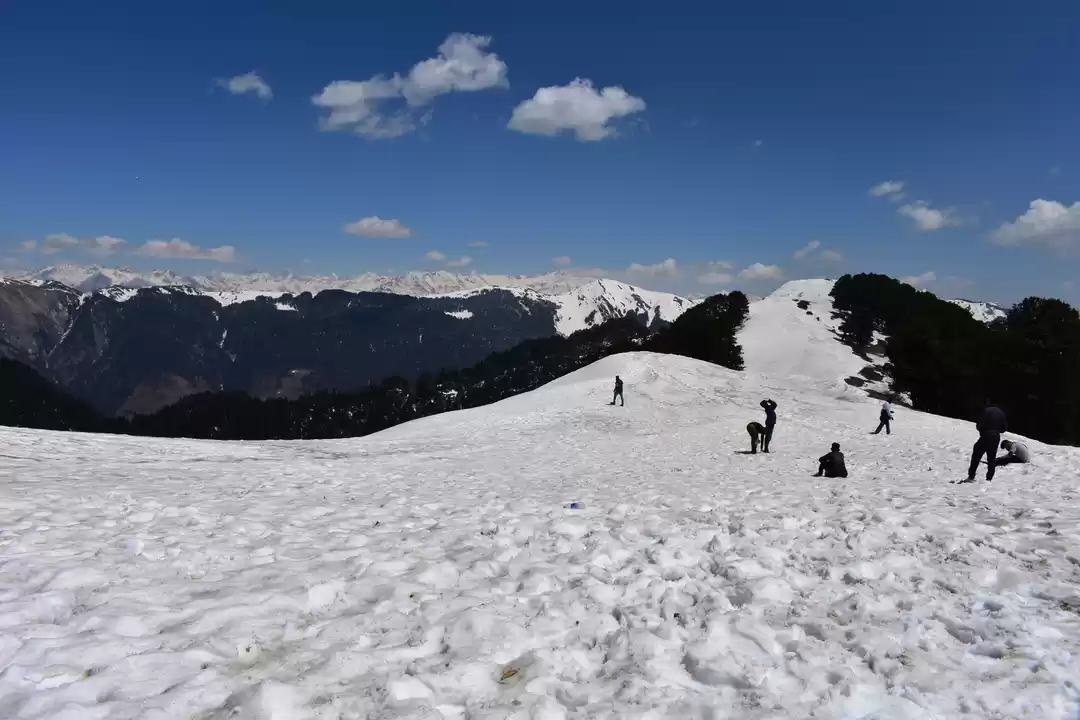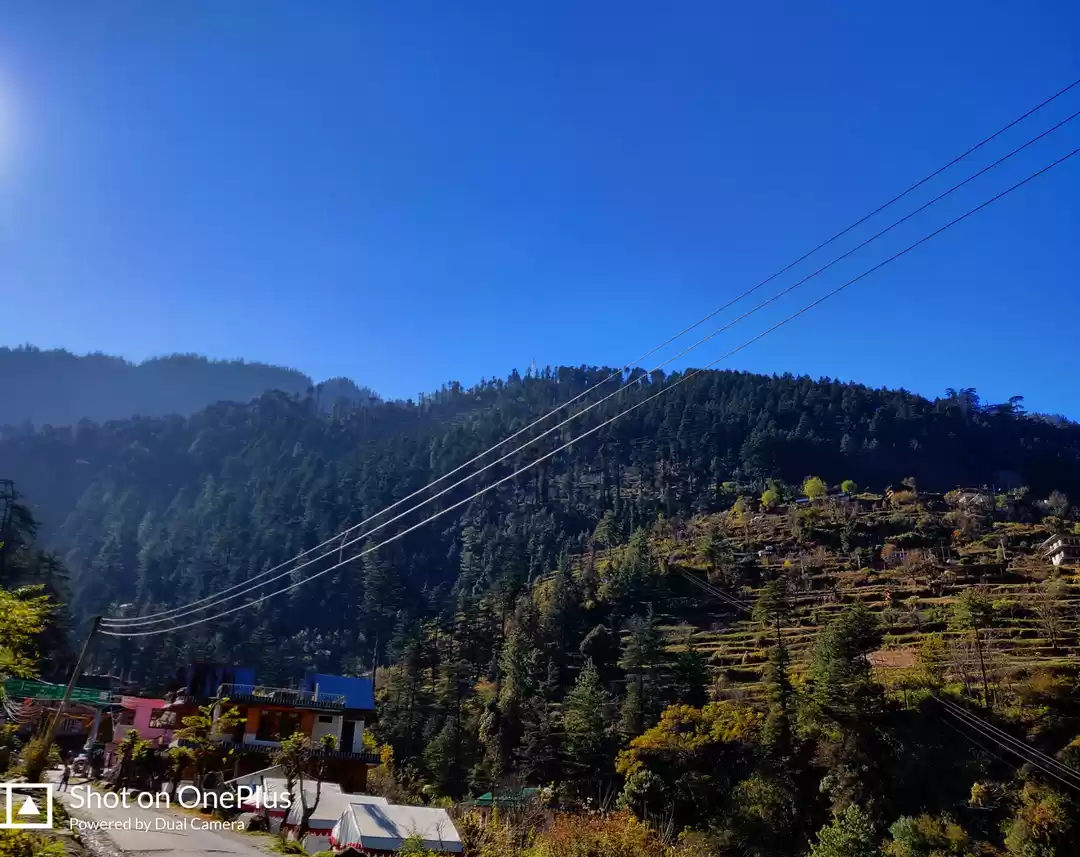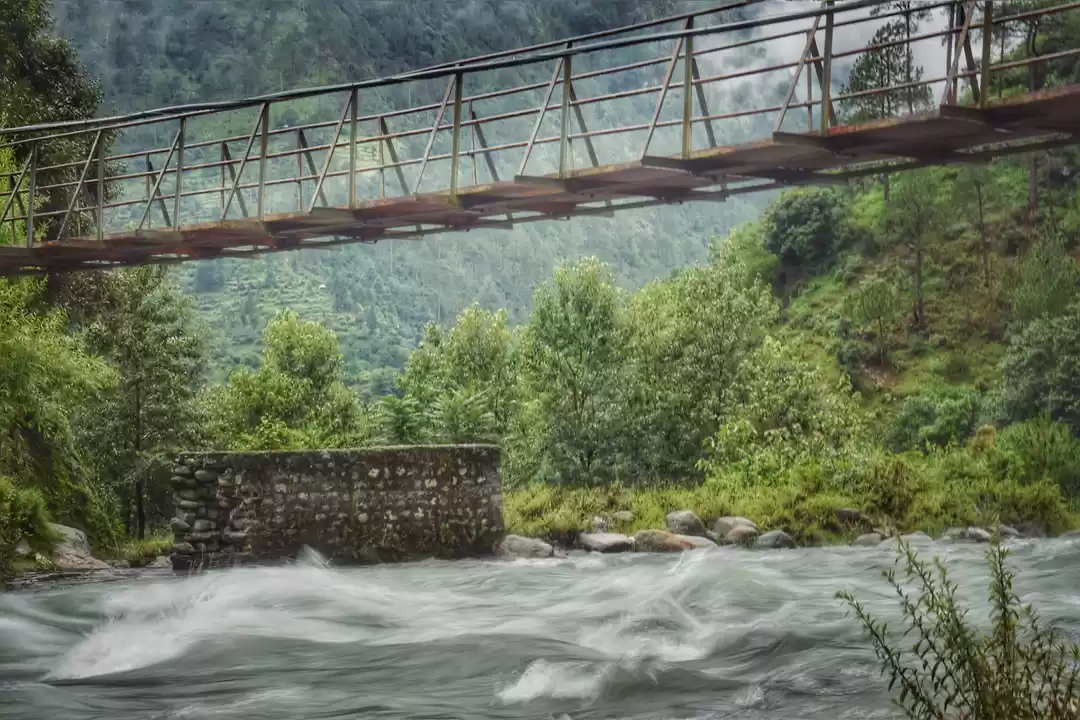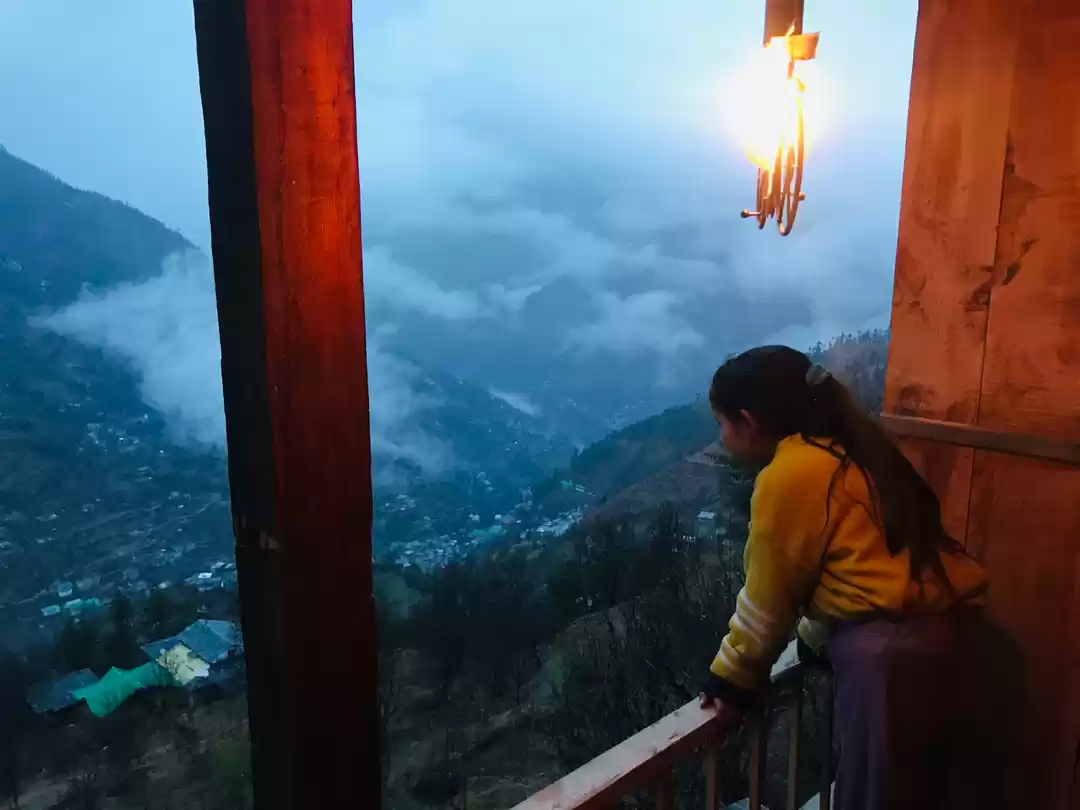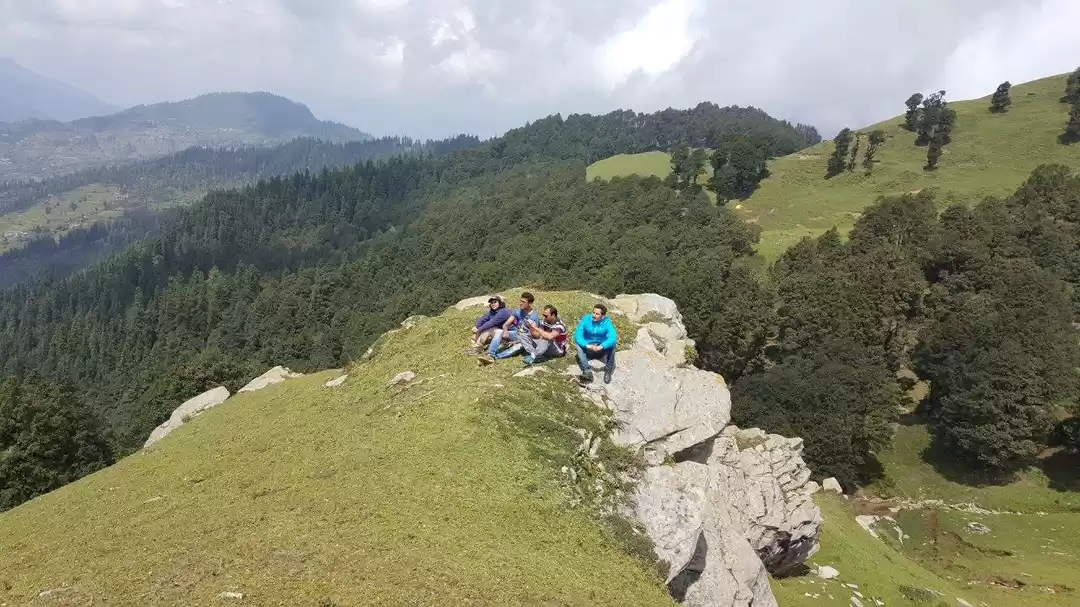
Smooth roads - curling and twisting like a snake; quiet marketplaces jolting themselves awake with the rising sun; and patches of provincial chalets perched on the hills were the first few sights to welcome me to the peaceful, Himachali hamlet of Banjar - Jibhi.
Jibhi is a small village in Himachal Pradesh, which remains to be seldom visited by the tourists. It is situated a little ahead of Mandi, and destinations like Manali and Tirthan usually claim the fame in the region. Lucky for the travelers trying to escape the city clamor, Jibhi offers itself as the ideal mountainous village to unwind amid tranquility.
Reaching Jibhi
Jibhi is as well-connected with roadways as any other, famous low-lying hill station. There are plenty of Volvo and state-run buses from Majnu ka Tila (Delhi) and Chandigarh (Punjab), which are bound for Manali, Himachal Pradesh via Aut Tunnel. It is from the tunnel that you can take another bus or a cab to Banjar. Jibhi is merely 8 km ahead of Banjar Bus Terminal and easily commutable through a taxi or a bus.
Staying in Jibhi
Gone are the days when there would only be a numbered few homestays in the village. Presently, there are several guesthouses and hostels which can be searched on sites like Booking.com and Airbnb. I would personally recommend staying at:
Negi’s Guesthouse
Lato The Hut River Touch Guest House
Mudhouse Hostel.
My Travel Diary
Bags packed with a few warm clothes, nervousness, and heaps of excitement, I headed for my first solo trip to a small village in Himachal. Having read as many travel blogs as I could find, I was determined to materialize all my plans for the next three days. I arrived at Jibhi after a 12 hours’ bus journey from Delhi to Aut Tunnel and a quick 1-hour ride from the tunnel to the village.
The lush green mountains, the sun playing hide and seek behind them, and the gurgling river flowing along the road were enough to make me forget about the travel fatigue and sleepless night. As the cab driver drove through the unkept, rocky streets, a herd of sheep decided to give us company for a short stretch - playfully hopping up and down the slanting roads.
I reached my Airbnb guest house soon after, and to my surprise, Bhag Singh Ji – the host – stood there, awaiting my arrival. Thrilled as I was to open the windows of my room to a panoramic view of the hills and the river, I quickly called for a cab to take me to Jalori Pass to kick start the adventures.
The crisp, cold breeze and the shades of fall coloured the road to Jalori Pass in a mix of tangerine and vibrant green. With every turn, the path escalated and gained more elevation as I came closer to the destination. It was there, at what seemed like the zenith (an altitude of 10,000 ft), that the trek to Serolsar Lake began.

The 5 km trek to the lake was relatively easy, with a beaten path leading the way deeper and deeper into the oak forest. After hiking for almost an hour and a half, the rough stretches laid with stones and rocks opened to patches of grasslands and small cottages built under a huge boulder. Another quick descent of a few meters and I arrived at the Sacred Lake.
‘The lake was a majestic body of water’ would perhaps be an understatement. The sharp rays of the sun penetrated the clear lake water, and the light breeze made it sway to a tune that only the water could hear. I sat there by the bank, listening to the flapping wings of the crows. Even watched a few devotees worship the beauty of nature, before I devoured into a piping hot bowl of Maggi to brave my tiredness.
On the way back, I encountered the green blanket on the forest, now washed in vibrant orange, courtesy the setting sun. The quiet trees and the lonesome path made me quicken my pace to reach the pass well in time, and head back to my Airbnb.
Jibhi Waterfall
After a hearty breakfast at Reverberate Café, also arguably one of the most scenic cafés, I headed to explore the famous waterfall in the region. The clock struck 12 noon, but the dense forest cover from the very beginning of the trail made it feel like walking through a chilly evening. However, it was the path that led to Jibhi Waterfall that stole all the thunder. Narrow streams of water zigzagged through the rocks; little wooden bridges made me hop from one side to the other, and the sound of the falling water invited me closer to itself with every step I took.
I couldn’t see the rainbow form in the splashing water. Still, I sat there by the edge of the waterfall, mesmerized by the tranquility that enveloped it. There were hardly any tourists hovering around. And at that moment, it was just me, the gushing water, and the trees graced with the fall season.
Chehni Kothi
The last leg of the trip was what I was most excited about. While planning a trip to Jibhi, Chehni Kothi or Chaini Kothi seemed the most attractive destination of the lot. At almost 12 noon, I found a cab whose driver agreed to drop me to the starting point of the trek to Shringi Rishi Temple. However, the road construction department had other plans for me. The car halted way before the starting point of the trek due to road closure, and I was forced to get out and start walking. However, the unanticipated trek didn’t hurt because the views graced my path captivated me at every turn. Ripe apricot fruits weighing down the trees, green valleys patched with colourful cottages, and the playful sun were enough to give me company.
After walking and climbing stairs for 45 minutes, I arrived at the Shringi Rishi Temple, from where the hike to Chehni Kothi began. Being the only wanderer on the road, I was skeptical about following the right trail. Two paths diverged, but none seemed like it would take me to the watchtower. Two pahadi men stood there observing my dilemma, only to tell me that neither of the roads would, and I must climb up the forest. A narrow, dusty trail, whose steps were supported by the roots of deodar trees was the way I had to follow. The precarious and steep path surely seemed adventurous but scary enough to make me consider my clumsiness carefully. There wasn’t enough time to lose, and so I began my ascent.
The trail led me through apple orchards, rows of plum trees, and cornfields to grant me the first glimpse of Chiani village and the watchtower. Walking through the vibrant, wooden houses, and sometimes accidentally walking into someone’s courtyard, I could only observe how little things had changed there. The pahadi architecture, with its intricate carvings and wooden staircases, were all too well visible. And the same resonated with Chehni Kothi as well.
The five-storey leaning watchtower was constructed using indigenous pahadi methods, which involved using only timber and stone. Some of the localites even said that the tower was layered with a mix of sand and cow-dung at some places, but all my eyes could see was stone and wood interlocked with each other. The two pieces of timber carved into stairs looked extremely luring to climb onto. Still, the warning signboard and the blood-stains on the base of the tower were scary enough to not risk my life.
Having had hiked for over an hour and a half, I was starving for something more than a packet of Doritos, which made me hike a little more to find a café. There were a handful of eateries, but most of them were shut due to off-season, except for one Nature’s Café. The lady who ran the café served me a piece of advice with a steaming hot cup of coffee. She told me about another village above Chiani from where I could see the watchtower in all its glory.
I obviously didn’t climb up the forest for another hour but did go above enough to get a different perspective of the watchtower. It was there that I saw it stand tall amid the neighbouring hills. The hut-like roof of the kothi made up for its peak, matching with those of the mountains behind it.
On the hike back from Chehni Kothi, I began to carefully notice how every other rooftop was covered with heaps of corn, set out to dry. Everyone in the village was preparing for the winters of the season, which only coloured Chiani more beautifully.
Pro Tip: Visit the hills during the week or off-season. You will always have a plethora of options to stay at, and chances are that you might skip the touristy chaos.
Carry your own water bottle, there are abundant sources of freshwater to refill the bottle.
Leave the hills cleaner than you found.


























